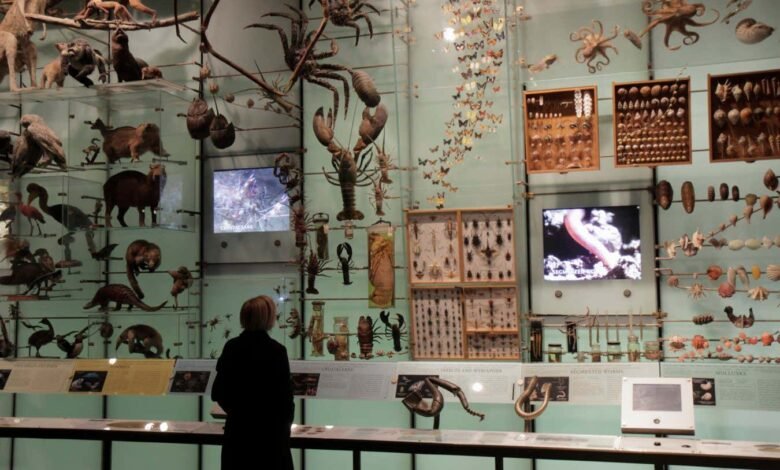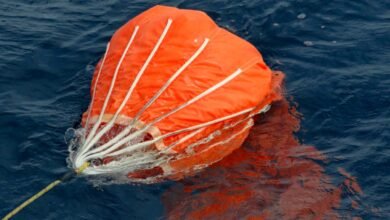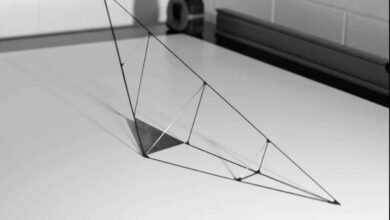Nature’s Memory review: A new book reveals the deep flaws in our natural history museums


What’s missing? Pondering the displays at the American Museum of Natural History in New York City
Jeffrey Greenberg/Universal Images Group via Getty Images
Nature’s Memory
Jack Ashby (Allen Lane)
Museums are strange things, Jack Ashby, assistant director of the University Museum of Zoology in Cambridge, UK, points out in his new book, Nature’s Memory: Behind the scenes at the world’s natural history museums. They are signifiers of our society and natural records of our ecosystems and habitats, yes. But they are also deeply flawed and significantly skewed.
Museums, especially the natural history ones that Ashby focuses on in his book, were once seen as a giant taxonomy of everything that ever lived – and continues to live – on our planet. From flora to fauna, mammals to insects, the goal of early cataloguers was to document and present everything in our world to help us better understand it.
That was then, and this is now. Reality bites, as Ashby deftly shows in this engaging book, which persuasively casts a critical eye over the imperfections of museums and how they aren’t what we have often thought them to be. For one thing, vast volumes of our natural history aren’t actually on display in these institutions, but are consigned to dimly lit storerooms.
We quickly learn how important the areas behind the velvet ropes and polished glass are: around 70,000 more species of flowering plants are believed to exist in the world than scientists have described, says Ashby, with around half of them probably already sitting in museum back catalogues waiting to be analysed.
His insights into how things work behind the scenes are some of the most arresting points in the book, as he describes how animal skeletons are stripped of their flesh for preservation and how insects are preserved and then pinned to display boards. How taxidermy models are presented and why displayed frogs are rarely real (they shrivel up badly) are two more enlightening passages, as is a section on a premium glass-maker renowned for producing the most realistic recreations of flowers.
But there are even bigger issues at play than those 70,000 missing plants: the exhibits we file past on school trips as we formatively learn about our planet and its populations are biased.
Ashby points to a 2008 case study that found just 29 per cent of mammals and 34 per cent of birds in the average natural history museum are female, vastly understating their contribution to habitats. In part, that is because the male of the species is often more decorative and lends itself better to being displayed. However, it is also because the people who collect and display the items are invariably men – and white, Western men at that, says Ashby.
He is strongest in his rallying cry to change that problem of misrepresentation within museums. Ashby makes a compelling case that we have all been badly educated about our world and nature because of the squeamishness and the proclivities of past generations. Most male mammal skeletons differ from humans in one significant way: the presence of a baculum, or penis bone – not that you would know it from the displays in most museums worldwide, thanks to prudish curators who simply removed the bone from the pelvis.
This book was written before the wilful destruction of scientific institutions in the US, but in the fug of a general anti-expert malaise – and it shows. It is for this reason that it ought to be read. We must consider the consequences of what is left out of museum displays just as much as we do for what is kept in.
As Ashby puts it: “The work taking place in natural history museums has never been more important, and the role they have to play in safeguarding humanity’s future is only just starting to be realised.”
Chris Stokel Walker is a science writer based in Newcastle, UK
Love reading? Come and join our friendly group of fellow book lovers. Every six weeks, we delve into an exciting new title, with members given free access to extracts from our books, articles from our authors and video interviews. Topics:
New Scientist book club
Source link




